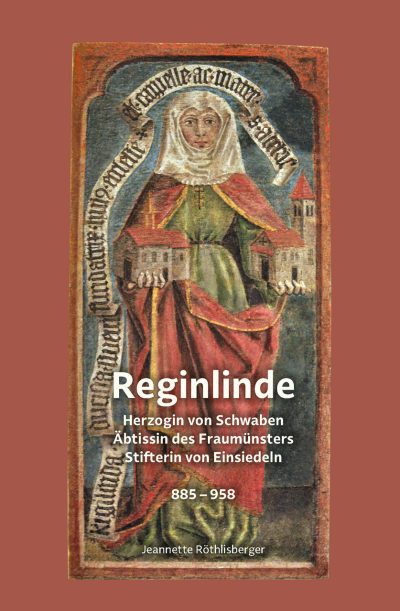Short questionnaire about the website:
News
From the Cloister to the State. Fontevraud and the Making of Bourbon France, 1642-1100.
Annalena Müller
From the Cloister to the State examines the French order of Fontevraud, one of the largest monastic networks under female leadership in medieval and early modern Europe.
Founded in 1100 and comprised of both monks and nuns, the order had grown to consist of at least seventy-eight priories by the late Middle Ages. Endowed with vast territorial possessions throughout western France, Fontevraud became one of the most powerful religious institutions in the country. However, unaware of its institutional might and economic wealth, scholars have tended to focus on Fontevraud’s seemingly unusual gender hierarchy, while bypassing inquiries on practices of abbatial authority in Fontevraud and beyond. This book reveals medieval Fontevraud as an aristocratic cloister where noble women governed. It also discusses the value of Fontevraud’s extensive network for the geopolitical ambitions of the dukes of Brittany, the counts of Bourbon-Vendôme, and, during the Wars of Religion, the kings of France. In addition to Fontevraud’s political role during the Wars of Religion, the book also examines the order’s reforms implemented by Marie de Bretagne and her successors Renée and Louise de Bourbon-Vendôme. These Bourbon abbesses centralized the order’s administration, cut the ties between priories and local aristocratic families, and successfully established the Bourbon-Vendômes as the only patrons of the vast and wealthy network.
This book is essential reading for scholars and students of medieval and early modern history, as well as those interested in political history and the history of religion.
This German-language monograph examines the lives of canonesses in late medieval and early modern Germany. Based on a vast corpus of unedited sources, the study inquiries about the identities and agency of these women religious at the age of the looming Reformation. As the study reveals, most canonesses remained steadfast in their traditions and faith and desired to stay with their religious communities. This is shows by engaging with a wide variety of topics, including the women’s clothing, their liturgy, and their relationships with secular groups of people beyond the cloister walls.

Jeannette Röthlisberger
This German-language biography engages with Reginlinde. Prior to becoming abbess of Fraumünster in 929, she had been duchess of Swabia and a member of the court of Otto I. In addition to being abbess of Fraumünster, Reginlinde was the main founder of Einsiedeln Monastery. She was the mother-in-law of the king of Burgundy, and her granddaughter, Adelheid rose to the position of Empress alongside Otto I. The abbess was thus mother, grandmother and mother-in-law to the powerful of the 10th century.
Links
To the virtual exhibition at the Swiss National Museum
Nuns: Powerful Women of the Middle Ages (2020)
The exhibition at the Swiss National Museum in Zurich looked at how ecclesiastical women lived in the Middle Ages, and the opportunities open to them. It explored the important position of nunneries in educational matters, their links to politics and the influence some of these women had on theology.
Many nuns excelled as illustrators, tapestry-makers, musicians, gardeners and cooks. Some wrote diaries and texts that survive today and provide interesting insights into the way in which they lived and thought.
The highest office was that of abbess, prioress or mistress. Managing a nunnery was challenging, requiring diplomatic skills and a high level of education. Religious centres often had close ties to politics and business, and helped shape secular affairs.
In the 13th century, the abbess of the Fraumünster abbey in Zurich was the chief office-holder of the city. She appointed mayors and judges, had voting rights and the right to sit in the Imperial Diet of the assembly of Princes of the Holy Roman Empire.
While the exhibition has closed it’s physical doors, you can still see it online:Campus-Galli
At the „Campus Galli“construction site, a piece of the Middle Ages is being created day by day: craftsmen and volunteers are building a monastic compound based on the Plan of St.Gallen only using 9th century resources.